All about aluminum barrels
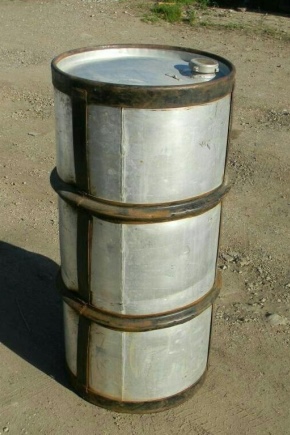
Knowing everything about aluminum barrels is very useful for the household and not only. It is necessary to find out the weight of barrels for 500, 600-1000 liters, as well as familiarize yourself with the features and characteristics of aluminum barrels.
It is also worth considering that they are divided into options for water and milk, for other substances.
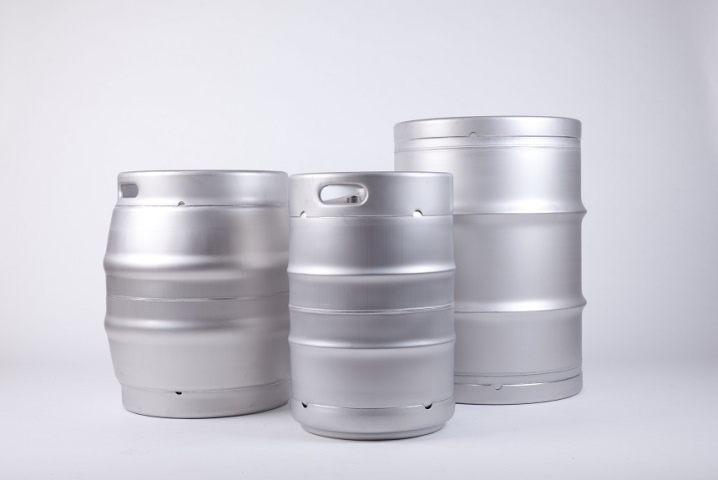
Peculiarities
An aluminum barrel is a very serious thing that does not deserve condescension in any way. There is even a specialized GOST 21029 (introduced in 1975) for it. The standard describes storage capacities:
-
liquid;
-
free-flowing;
-
viscous substances.
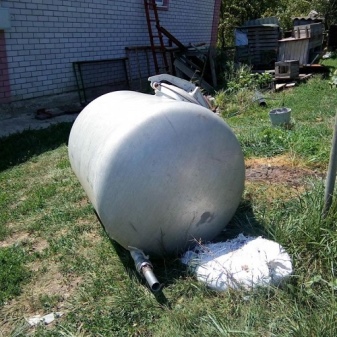
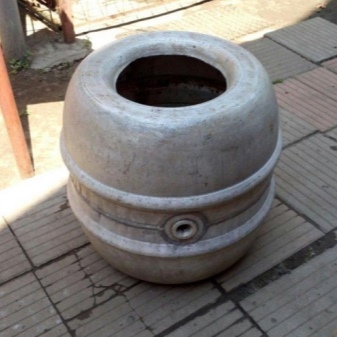
There is only one requirement - that the substances stored there do not adversely affect the condition of the hull. Barrels of 4 basic types correspond to the standard:
-
with a narrow throat;
-
with an expanded neck;
-
using a tightening hoop;
-
with flange lock.
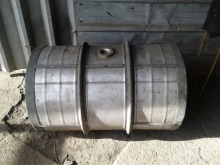
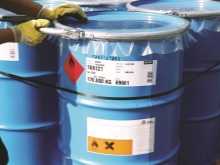
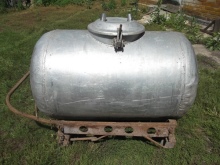
Sometimes, with the consent of the customer, narrow-necked barrels can be made with the neck located on the shell. And also the customer can agree on products without an air gap. But it is prohibited to use such containers in batch production. Key performance parameters:
-
pressure during operation is not more than 0.035 MPa, both inside and outside;
-
rarefaction level up to 0.02 MPa;
-
permissible temperature not lower than –50 and not higher than +50 degrees Celsius.
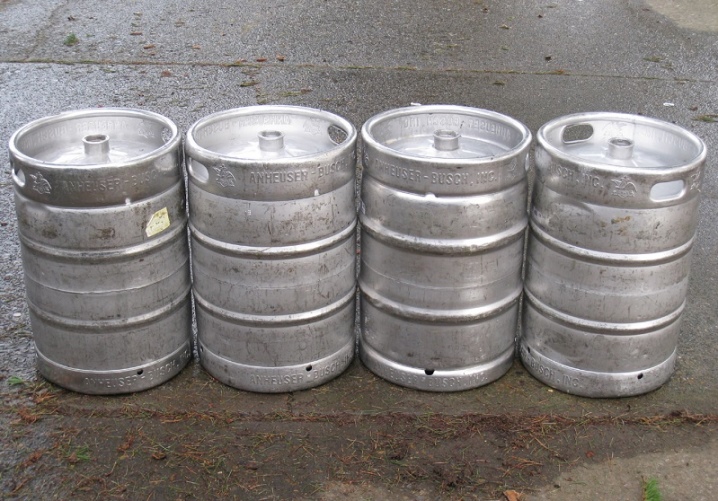
Dimensions (edit)
Barrels with a volume of 600 liters are quite widespread in industry and at household facilities. With a wall thickness of 0.4 cm, the product weighs 56 kg. For products with the same volume, but with a wall from 10 to 12 mm, the total weight increases to 90 kg. In terms of dimensions, a 600 L aluminum food tank is usually 140x80 cm in size. And also containers can be used for:
-
100 liters (49.5x76.5 cm, weight up to 18 kg);
-
200 liters (62x88 cm, weight no more than 25 kg);
-
275 liters (62x120 cm, up to 29 kg);
-
500 liters (140x80 cm, with a wall thickness usually 0.4 cm);
-
900 liters (150x300 cm, weight is not standardized);
-
1000 liters (eurocube) - 120x100x116 cm, 63 kg.
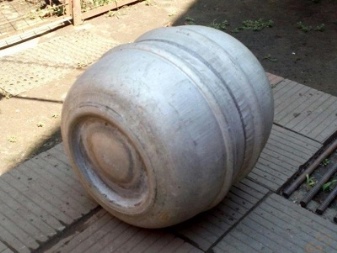
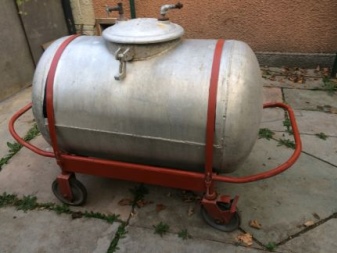
Applications
Aluminum barrels can be used very widely. They are used by:
-
for water;
-
for milk;
-
for liquid oils;
-
for honey.
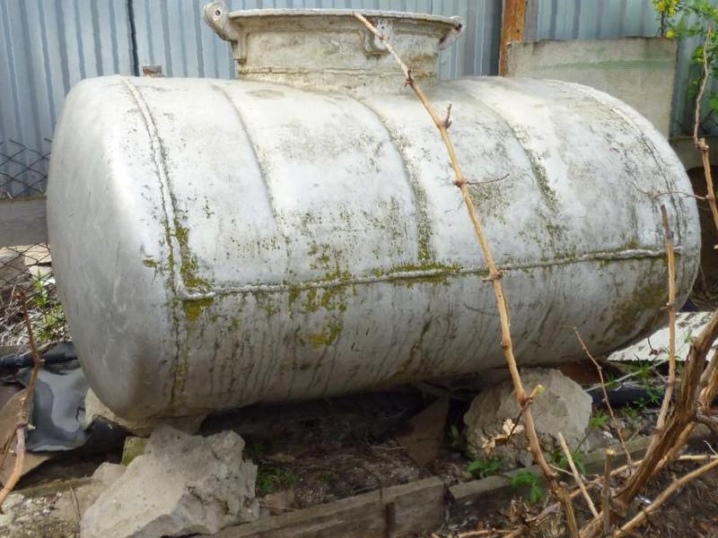
Contrary to popular myth, an aluminum milk container is completely safe. This also applies to contact with a number of other food products. Containers of this kind can be used for handling:
-
hot meals, including drinks;
-
spring water;
-
perishable products.
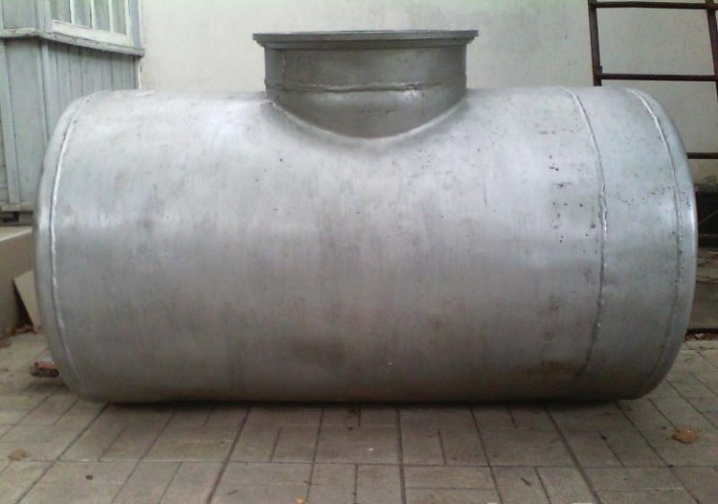
But all this is guaranteed only if the manufacturer complies with national and international standards. Aluminum containers are lightweight, easy to unload and unload.
Transport services value ease of movement and minimal fuel consumption. Aluminum barrels are also distinguished by their durability.
It is also worth noting:
-
minimal whimsical care;
-
ease of cleaning;
-
ergonomics;
-
relatively low strength (because of this, it is often necessary to choose steel rather than aluminum containers).
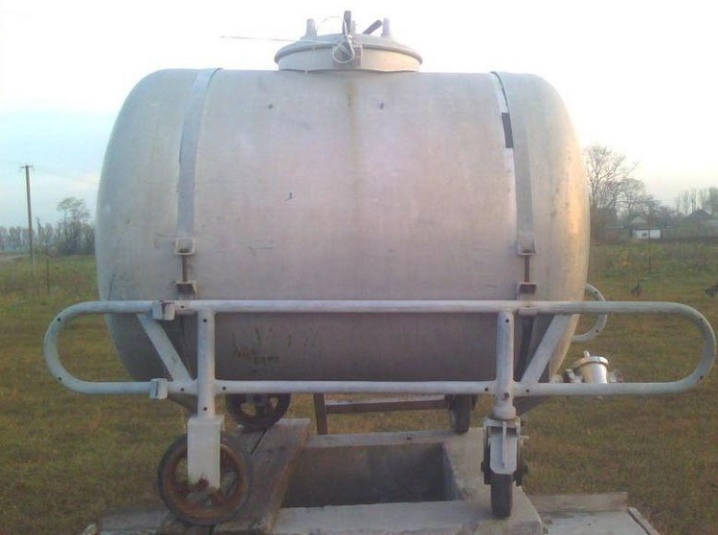
In addition to the options mentioned above, it can be stored and transported in aluminum drums:
-
hydrogen peroxide;
-
live fish;
-
light oil products (including gasoline);
-
bitumen, heating oil and other dark oil products;
-
other flammable liquids.
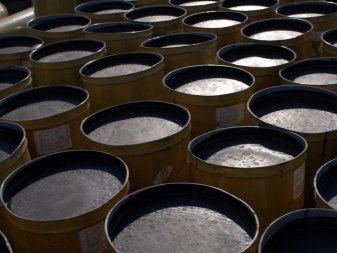
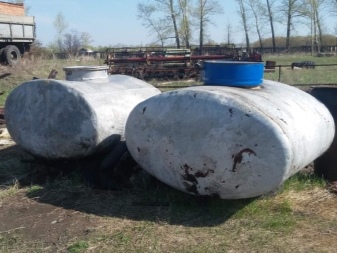













The comment was sent successfully.